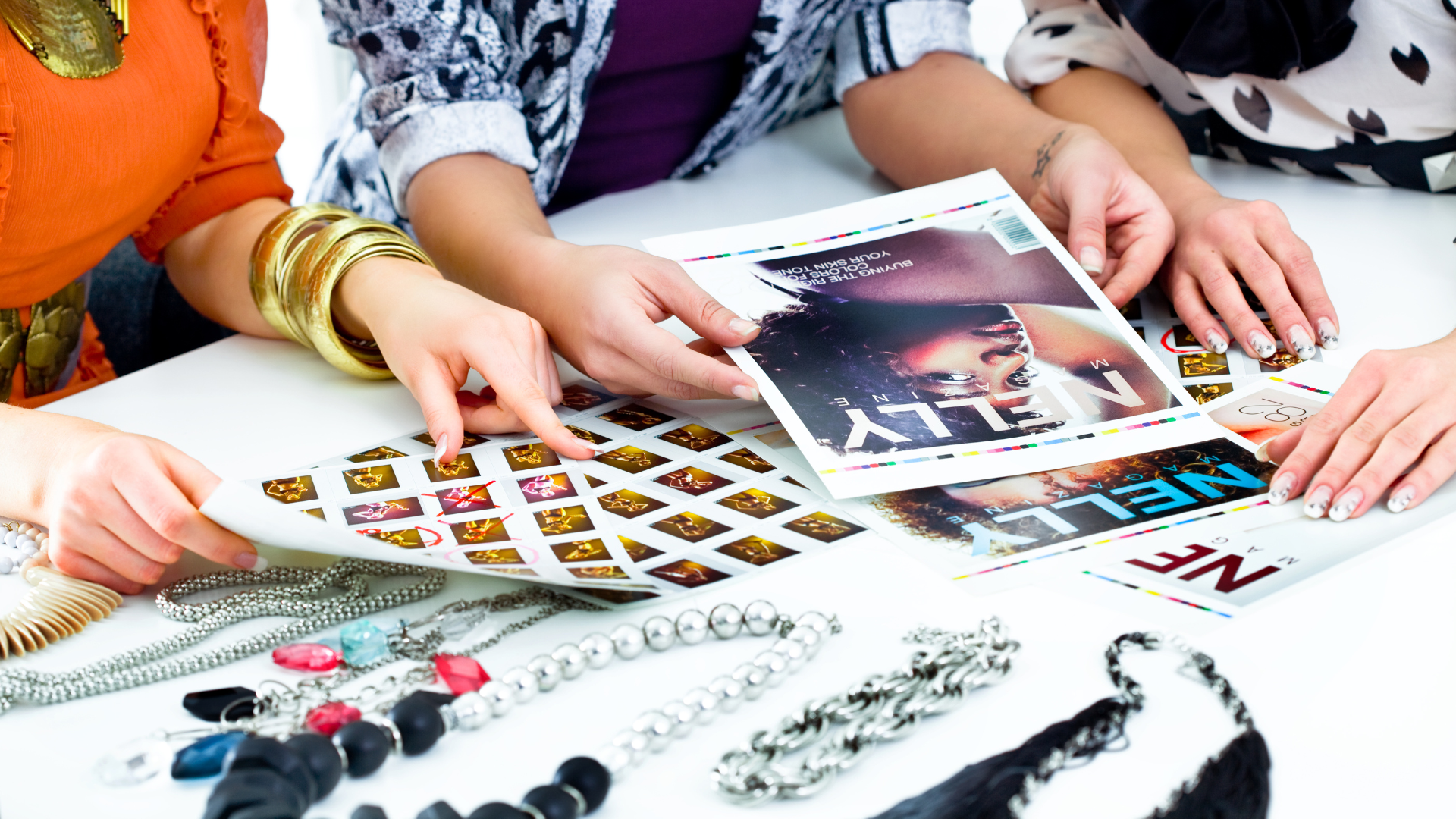If you are a photographer seeking to enter the editorial world, or you just have some photos you’d like to feature in a magazine; this guide is for you. Editorial photography is the art of creating photographs that appear in newspapers and magazines. There are many different forms of this photography domain, including lifestyle, beauty, food, travel, sports, and fashion photography.
Editorial photography tells a story or conveys meaning through a photojournalistic approach. The photos can be simple or complex and are often made in black and white. The style is similar to fashion photography, but the photographers don’t strive to look or dress like models.
Here are some guides to creating editorial photos
Use the Best Camera and Lens for Editorial Photography
Editorial photography is the modern caricature of photojournalistic style, and it’s the type of thing you see in newspapers, magazines, and websites. The style is about conveying a story in the shortest time possible. This necessitates quick camera settings that yield photographic compositions that capture a moment with as little movement as possible.
When shooting editorial photos with your camera, it’s important to choose the best camera for editorial photography, which in this case is a DSLR camera. A DSLR camera allows a photographer to shoot in manual mode and photograph in manual mode. It also allows a photographer to shoot in manual mode and photograph in manual mode. The photographer can adjust shutter speed, aperture, and focus in manual mode.
Have a Simple, Portable Gear Package
As an editorial photographer, you often find yourself shooting photos in unexpected places. You’re looking to get great shots, so you don’t need bulky, slow, or complicated equipment to use. Instead, pick only the essential gear to create a portable, lightweight photography kit that you can take just about anywhere.
Editors love images, and with the right tools, you can transform your photos into powerful quotes and powerful statements. One of the best ways to create powerful editorial photos is to take your own photos. Make a gear package for all your gear essentials, and carry it with you.
Follow the Creative Brief
Creative briefs are important because they specify what you want to accomplish, including what type of images you need and in what format.
The Creative Brief is more than a guideline for writing. It’s a tool for developing creative concepts that inspire and excite readers. Before you can produce quality photos, you need to produce a creative brief. The brief gives you a roadmap for developing creative concepts aligned with your brand and audience.
A creative brief can help you design the best possible photographs by setting out your goals and informing you about the subject matter. A creative brief for editorial photos is similar to producing a written outline for a paper and will help photographers understand a subject and to structure their work accordingly. The brief will define the topic and provide directions on where the photographer can photograph.
Create Unique Story Concepts
Professional editors create unique story concepts, which they then use to create editorial photos. Editorial photos are photographs that are composed to form a story. For example, editorial photos in a travel magazine may show a cruise ship next to a sunset, combining two different types of content into a single image.
Be Punctual and Adaptable for Shoots
For editorial photographers, the ability to adapt to new assignments quickly is vital to success. If you’re shooting for a national magazine, your editor expects you to be able to respond to last-minute requests to shoot a new story, and they expect the photos you deliver to be of the highest quality. Timeliness is a requirement, but quality is even more important.
Time management is something that a lot of people struggle with, and shooting editorial work is no different. When working a commercial, or editorial job, you have to be ready to work and adaptable to your client’s needs. When working a job with an editorial focus, you need to be prompt and adaptable—and both of these qualities can make or break a photo.
Post Process your Editorial Photographs
Post-processing is a creative part of your photography. It’s where you take your final image and make it look the way you want it. There’s no such thing as the perfect photograph, but for the most part, post-processing helps bring out the best qualities of an image.
Post-processing is the next step in making your photographs look their best and is usually a labor-intensive process that requires a massive investment in both time, equipment, and (obviously) software. The tools you can use in the post often determine the final results of your photographs.
That said, editorial Photographs are photos that tell a visual story. And, the photographers are expected to be prolific, versatile, and adventurous. Additionally, they use a variety of settings, genres, and styles to tell different stories.

Leave a Reply